
Arthroscopy is frequently performed surgery which allows visualization of all structures inside the operated joint with a tiny little camera. The surgery is quite different from open surgery because there are only small incisions necessary for insertion of the camera as well as instruments which are used during the procedure.
Today many knee injuries which require surgical correction are actually performed arthroscopically. This surgery is also a suitable choice for individuals suffering from different musculoskeletal problems of this specific area.
Indications for Arthroscopic Knee Surgery
Arthroscopic knee surgery is not only a great treatment option. It is also a diagnostic tool performed in a certain number of patients.
This procedure helps diagnosing arthritis (especially mono-arthritis), inflammation of synovial membrane, gouty arthritis and joint infections. As for therapeutic purposes, arthroscopic knee surgery is performed for repair of torn cartilage or damage to other tissues. Furthermore, it is used for treatment of locked knee, corrections of knee dislocations and removal of bony fragments which interfere with knee mobility. The surgery is also of major importance for people suffering from Bakers' cyst or popliteal cysts, knee tendonitis and pain associated with osteoarthritis.
Arthroscopic Knee Surgery - the Very Procedure
This surgical procedure is performed under local, regional or general anesthesia. After proper sedation, the surgeon performs two tiny incisions on the knee joint. The camera is inserted through one incision while the other one is used for injecting sterile fluid. After proper visualization of the inner surface of the knee joint, surgeon performs necessary corrections with instruments inserted through previously made holes. Arthroscopic Knee Surgery Advantages
There are many advantages of arthroscopic knee surgery. For instance, the surgery generally lasts less than an hour. Because of small incisions there is no significant scaring. Furthermore, patients deal with less pain and stiffness. Arthroscopic knee surgery provides with plenty of information and this is not related to invasive approach. The recovery after arthroscopic surgery is shorter comparing to traditional, open surgery. And finally, patients do not have to stay hospitalized for a long period of time. They are basically discharged within a day. Risks Associated with Arthroscopic Knee Surgery
As it is the case with any invasive procedure, even arthroscopic knee surgery carries some risks. There is always a risk of anesthesia. Patients may also suffer from extensive postoperative bleeding or develop infection at the incision site. Fortunately, such complications are rare and easily dealt with. More severe complications such as blood clotting, deep vein thrombosis are more complex and require adequate treatment because they may induce even more serious health problems.


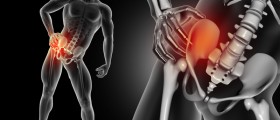
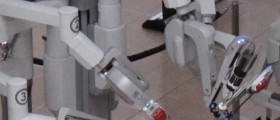

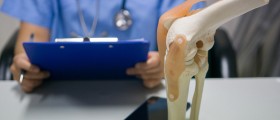

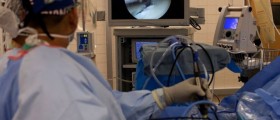
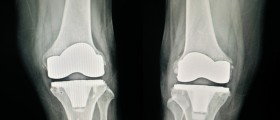
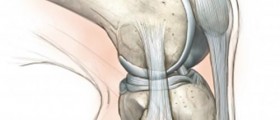


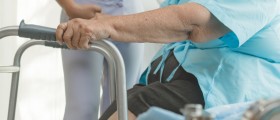




Your thoughts on this
Loading...